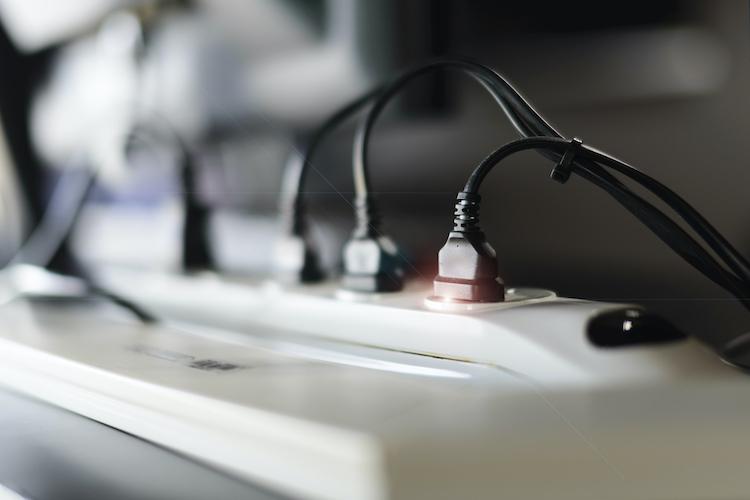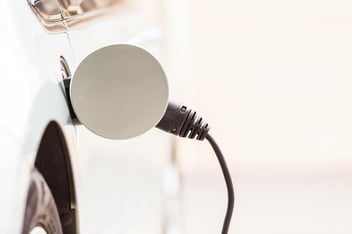We asked one of our electrical safety officers to answer some commonly asked questions about home office safety.
Power bars and extension cords are much cheaper through online retailers; does this mean they’re unsafe to use?
The best thing to do is always confirm the product you are using has a manufacturer’s approval label, indicating it is approved for use in Canada. If your power bar or surge protectors are unapproved, it could lead to an electrical safety hazard such as a fire or cause electric shock.
Our information bulletin covers all the approved certification marks for electrical products.
I have my computer charger, fan, and phone charger plugged into one power bar. Is this dangerous?
You should always read and follow all manufacturer specifications for your surge protector or power bar. To check if your power bar is overloaded, find out the power bar’s maximum rating (wattage), then add up all loads connected to the power bar in wattage. If your load is over the calculated maximum rating, then reduce the loads accordingly.
I am looking to clean up my workspace by installing an in-drawer outlet. Is this permitted in BC?
In general, the BC Electrical Code does not allow the use of outlets in cupboards and drawers. However, there are some exceptions to the rule such as microwave ovens, inline water heaters, and garbage disposal units.
There are some USB-only charging outlets that also may be installed, as long as they are approved for use in Canada.
I want to increase the number of available outlets near my desk. Can I plug a power bar into another power bar?
This should be avoided as it could cause an electrical fire. It’s likely that doing so would increase the risk of overheating or overloading of the power bar. The standard for power bars does not permit the use of “daisy chaining” of power bars together.




